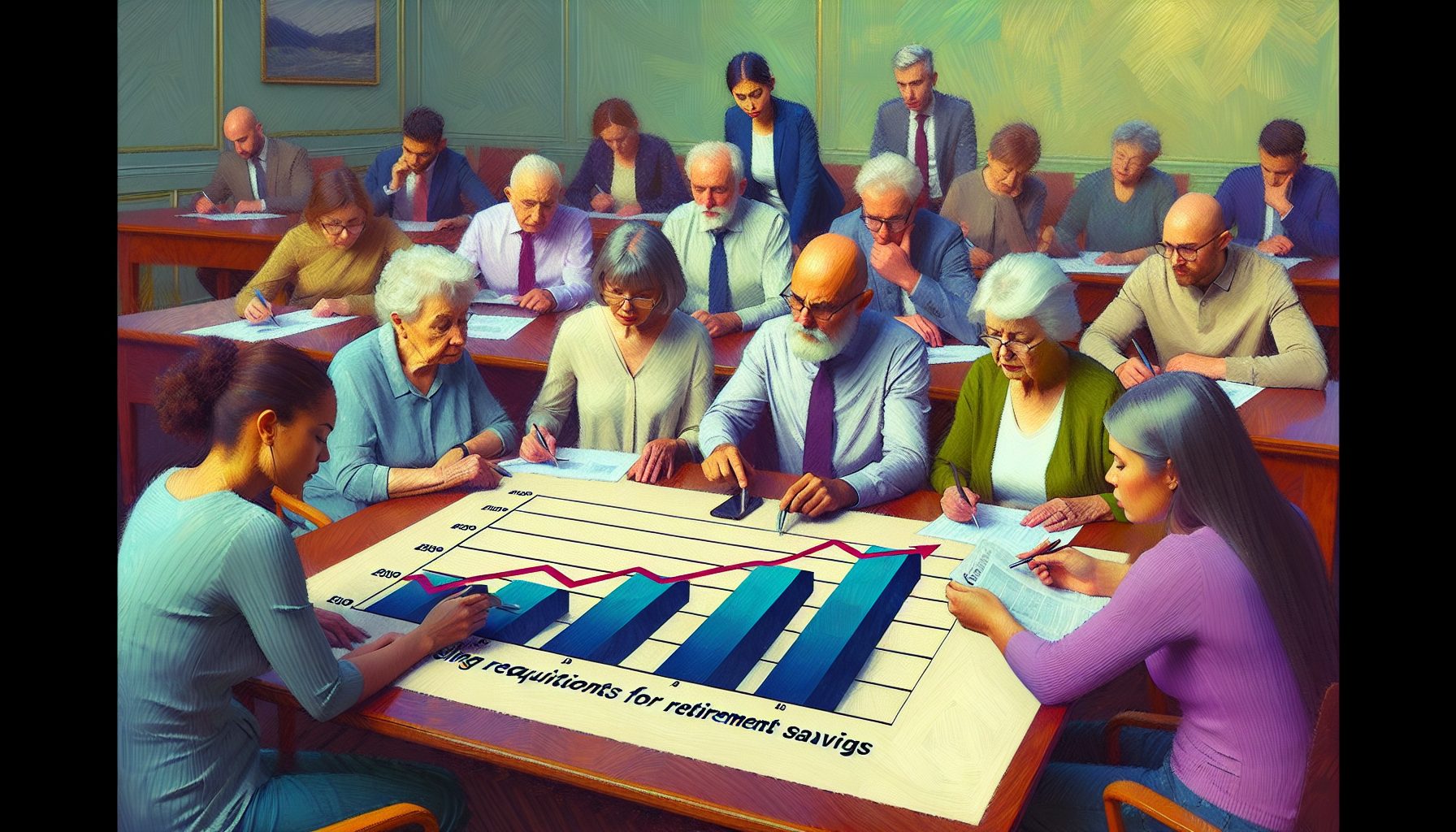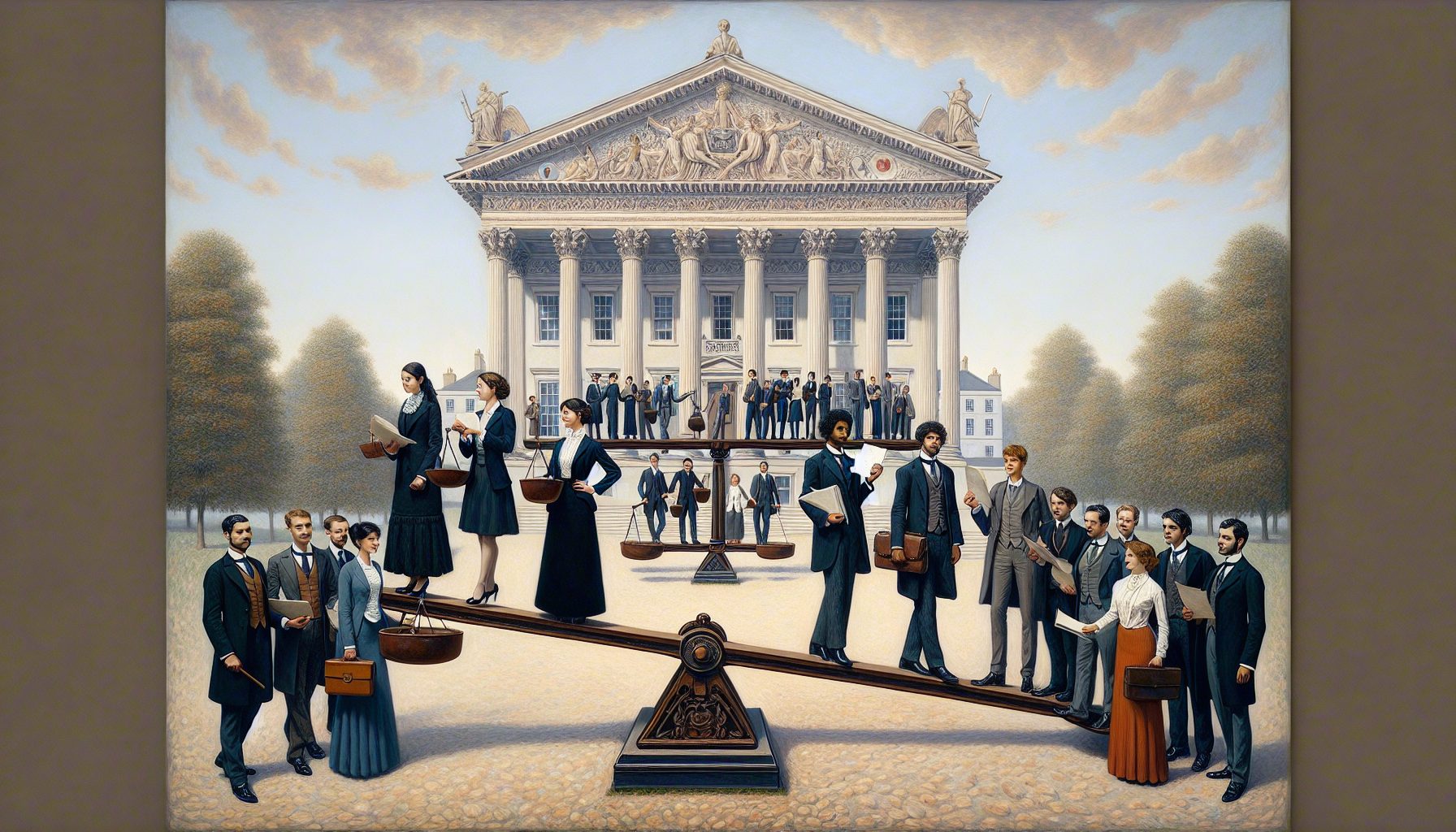“I can’t tell you how many jobs we did two years ago with this, but most of those companies are not even in business now. We got major jobs with dot-com companies,” he says. Miller’s z-Axis software “was the reason we got most of those jobs—because other people couldn’t do it that quick.”
Today, the electronic sales tools Herman Miller provides to its dealers are still effective, and Interior Motions salespeople often make proposals by connecting a projector to a laptop so customers get a big-screen version of the z-Axis product tour. Still, the pizzazz doesn’t translate into as many sales today—customers just aren’t in as much of a hurry to spend their money.
“In today’s market, it’s survival we’re worried about,” Gunderson says.
Herman Miller itself is in much the same situation. Its survival is not in question, but it is hurting. Its sales fell from $2.2 billion in its fiscal year that ended in the middle of 2001, to $1.5 billion in 2002. After consistently earning between $128 million and $142 million from 1998 to 2001, it recorded a loss of $56 million in fiscal 2002.
After an aggressive program of cost cutting, however, Herman Miller was able to report a return to profitability in the first two quarters of its new fiscal year.
And the technology bust has cut Herman Miller two ways: in its furniture sales, and in its own use of information systems to gain ground in the industry.
To make sure dealers like Gunderson had the tools that let him sell more Miller product—easily—to customers, Herman Miller had been spending about $100 million per year on information technology, such as visualization software and online ordering systems. It also created Web sites that encouraged smaller customers to buy chairs, desks and other products directly, online. This caused some friction with dealers (see “Conflicted Dealers: Does Web Help Or Hurt?).
When the Internet boom went bust, Herman Miller felt a harsh backlash from a love-in with the dot-com companies that benefited from the free flow of venture capital into the “new economy.” The company’s stylish and ergonomically correct Aeron chair was a dot-com status symbol, one that top programmers would demand to cushion their backsides during late nights of coding. Later, it became a cliché to point to excessive purchases of Herman Miller furniture as an example of how so many startups burned through hundreds of millions of dollars of cash so fast. When the startups closed, a surfeit of those chairs and other Herman Miller products got auctioned, depressing the market for new sales.
After years of beating its industry in sales growth, Herman Miller’s 33.9% drop in sales in 2002 exceeded the 25% plunge reported by the Business and Institutional Furniture Manufacturers Association. Still, Herman Miller has gained real advantages from its use of technology over the past decade. The question is how long those advantages will last—and whether the company is willing or able to continue to invest in maintaining them.
There is no clear answer. Herman Miller spokesman Mark Schurman says the company is too busy trying to demonstrate a sustained return to profitability for its executives to answer such questions.
“We just don’t believe that now is the time to be making a studied evaluation of those investments and how they have held up during the downturn, since the business is still in the midst of that downturn,” he says.
The story of Herman Miller’s technology and business transformation initiatives mirrors its financial roller- coaster ride. On the way up, Herman Miller:
Established a division called SQA (for “Simple, Quick, and Affordable”) that proved to be a powerful engine of innovation. SQA funded the creation of z-Axis and was the first part of Herman Miller to pour resources into technologies that reliably match parts and products in its supply chain to customer demand.
Built a separate technology infrastructure for SQA that delivered a built-to-order capability said to rival Dell Computer.
Implemented Baan’s enterprise resource planning (ERP) and manufacturing software, together with supply-chain software from i2 Technologies, eventually achieving similar results for reliability and supply-chain efficiency to those pioneered within SQA.
Led the industry in exploring direct sales over the Web, first with HMStore.com, which sold the Herman Miller for the Home product line, and later with Herman Miller RED, which sold a new product line created specifically for home offices and startups.
When sales fell, however, some of the most ambitious plans had to be cut back. Within the last year and a half, Herman Miller:
Eliminated more than 2,500 jobs worldwide, including many information technology positions.
Shuttered the last remnants of the SQA operation and laid off information systems professionals responsible for its systems.
Shut down RED, eliminating both the Web site and the product line, just a few months after introducing a 3-D product configuration capability meant to emulate the offline success of z-Axis.
Fresh technology spending is largely off the table. During the company’s September 2002 earnings call, CFO Beth Nickels said, “We’re now leveraging our prior investments in technology and will be making fewer investments going forward.”
That gives former Herman Miller executive Bix Norman cause for concern.
“What they’ve got today will probably stand them for two or three years,” says Norman, who became Miller’s chief information officer in 1998 after five years as president of SQA, and then retired in May 2001. But Herman Miller’s lead will eventually erode if it tries to coast indefinitely, he says.








